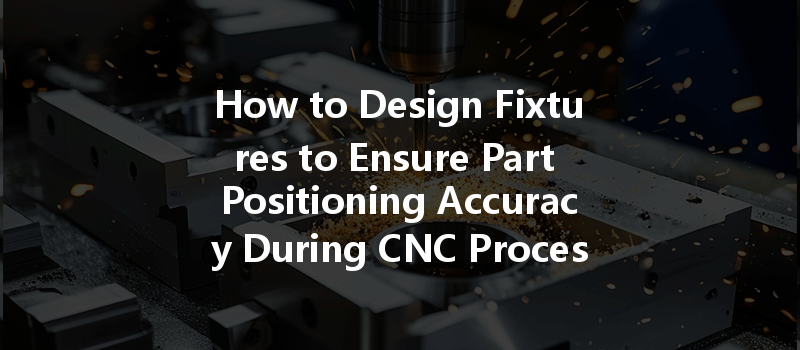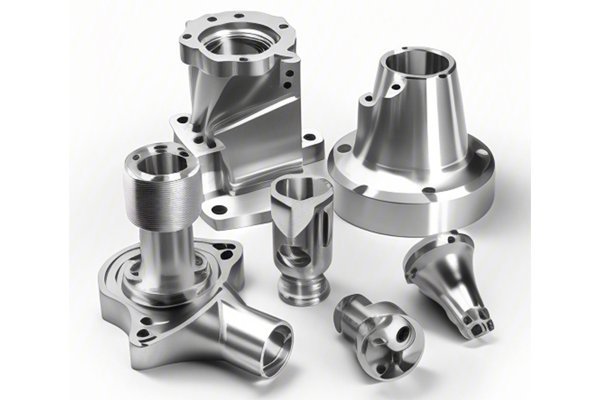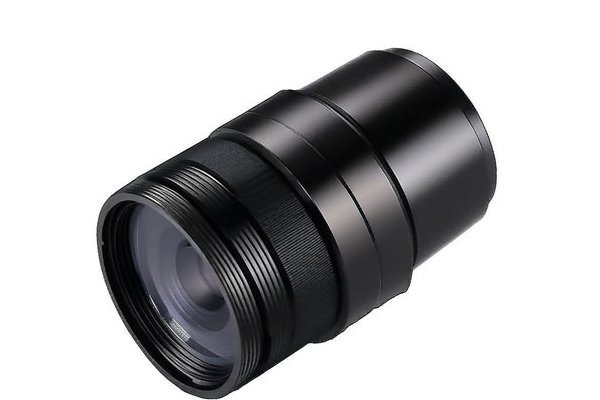Did you know? In CNC machining, improper part positioning can lead to a staggering 20% increase in waste and rework costs. When precision is paramount, how can manufacturers ensure every part is correctly positioned? The answer lies in the design of effective fixtures. In this comprehensive guide, we will explore the nuances of designing fixtures that guarantee part positioning accuracy during CNC processing, delving into techniques, strategies, and best practices for optimized results.
Understanding the Importance of Fixtures in CNC Machining
Fixtures are specialized tools designed to securely hold a workpiece in position while it undergoes processes such as cutting, milling, or drilling. They ensure that the part does not move during the CNC operation, allowing for repeatable accuracy and high-quality finishes. The cornerstone of effective CNC processing lies in having a fixture that accommodates the specific features of the part being machined.
Key Benefits of Effective Fixture Design
Factors Influencing Fixture Design
To create fixtures that ensure part positioning accuracy, several factors must be considered:
Understanding the geometry of the part is crucial in developing a fixture that can accommodate its unique features. Analyze the dimensions, contours, and critical datum points. This analysis will help optimize the configuration of the fixture for secure holding.
Different materials behave uniquely during machining. For instance, softer metals may deform under pressure, while harder materials may require specialized clamping solutions. Understanding the material properties helps in selecting appropriate fixture components for the job.
The type of CNC operation (milling, turning, drilling, etc.) influences fixture design. Each machining process requires different considerations for support and restraint. For example, a milling fixture may need to accommodate different cutting angles than a drilling fixture.
Analyze the tools and their path of movement during machining. The fixture design must provide adequate clearance for cutting tools to operate efficiently while preventing interference with the workpiece.
The scale of production directly affects fixture design. For one-off prototypes, fixtures may have a simpler design, while for mass production, more sophisticated and automated fixtures may be required.
Designing Effective Fixtures
Having established the key factors influencing fixture design, let’s delve into the specific strategies and techniques for creating effective fixtures for CNC machining.
There are various fixture types, each with unique benefits. The choice depends on the specific requirements of your CNC operation.
Creating a fixture that provides easy accessibility for loading and unloading the part is essential. This not only improves efficiency but can also reduce risks associated with handling sharp or heavy parts. Considerations for easy access include:

Clamping is where many fixture designs fall short. The goal is to secure the workpiece firmly without inducing distortion. Consider the following clamping techniques:
Locating features in a fixture ensure consistent positioning. They serve as reference points that guide the part to its correct location every time. Methods of incorporating locating features include:
Different materials expand and contract at varying rates when exposed to temperature fluctuations. Designing fixtures that account for thermal expansion can minimize positioning errors during extended machining runs.
Before committing to a production run, it is crucial to validate the fixture design through prototyping and testing. This can involve:
Best Practices for Fixture Maintenance
Once an effective fixture has been designed and implemented, ongoing maintenance is necessary to ensure it remains in optimal condition:
Designing fixtures to ensure part positioning accuracy during CNC processing is vital for achieving high-quality results and efficiency in production. By considering factors such as part geometry, material properties, and machining processes, and implementing effective fixture design strategies, manufacturers can significantly enhance the accuracy and consistency of their machining operations.
In this blog, we’ve discussed the importance of fixtures, factors influencing their design, detailed strategies for creating effective fixtures, and maintenance best practices. The right fixtures not only reduce errors and rework but also drive down costs, improving overall production efficiency.
As CNC machining continues to evolve, placing greater emphasis on precision and quality assurance will be critical. The importance of fixture design within this context cannot be overstated. By dedicating time and resources to this aspect of the machining process, you can set your operations up for success in an increasingly competitive landscape.
Take the insights garnered from this blog into consideration, and remember: the bedrock of precision in CNC machining lies in the details of fixture design. Investing the effort now will yield significant dividends in terms of accuracy, quality, and cost savings in the long run.






